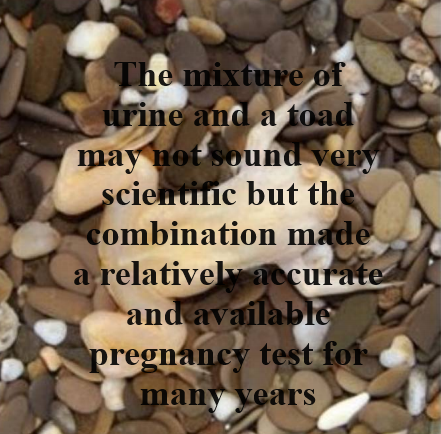Urine sample and diagnosis

Urine sample and diagnosis.
For many centuries people have used urine to try’ and diagnose diseases by looking at the colour, the smell, and even the taste of it.
It is still a useful diagnostic tool, although our methods of analysis are more sophisticated.
Also Read:
- Why does urine comes with varieties of Colour and Odor?
- General Principle of homeostasis
- Blood glucose, understanding type 1 and type 2 diabetes
Urine samples and diagnostic tests
Urine contains water, urea, mineral salts and much more.
It contains the breakdown products of a whole range of chemicals, including hormones and any toxins taken into the body.
Moreso, if you are affected by one of a number of different diseases, new substances will show up in your urine.
The presence of glucose in the urine is a well-known symptom of type 1 and type 2 diabetes.
If you have muscle damage, large amounts of creatinine will show up in your urine.
Urine and pregnancy testing
- The human embryo implants in the uterus, around six days after conception.
- The site of the developing placenta then begins to produce a chemical called human chorionic gonadotrophin (hCG).
- Some of this hormone is found in the blood and the urine of the mother.
- Until the 1960s, the most reliable available pregnancy test was to inject the urine from a pregnant woman into an African clawed toad (Xenopus laevis).
- If she was pregnant, the hCG triggered egg production in the load within 8-12 hours of the injection.
- It could not be used until the woman was several weeks pregnant.
- Modern pregnancy tests still test for hCG in the urine, but they rely on monoclonal antibodies.
- Some are so sensitive that pregnancy can be detected within hours of implantation.
- Making monoclonal antibodies
- Monoclonal antibodies are antibodies from a single clone of cells that are produced to target particular cells or chemicals in the body.
- A mouse is injected with hCG so it makes the appropriate antibody.
- The B-cells that make the required antibody are then removed from the spleen of the mouse and fused with a myeloma, a type of cancer cell which divides very rapidly.
- This new fused cell is known as a hybridoma.
- Each hybridoma reproduces rapidly, resulting in a clone of millions of ‘living factories’ making the desired antibody.
- These monoclonal antibodies are collected, purified and used in a variety of ways.
The main stages in a pregnancy test are as follows:
- The wick is soaked in the first urine passed in the morning this will have the highest levels of hCG.
- The test contains mobile monoclonal antibodies that have very small coloured beads attached to them.
- They will only bind to hCG.
- If the woman is pregnant the hCG in her urine binds to the mobile monoclonal antibodies and forms a hCG/antibody complex (complete with coloured bead).
The urine carries on along the test structure until it reaches a window.
- Here there are immobilised monoclonal antibodies arranged in a line or a pattern such as a positive (+) sign that only bind to the hCG/antibody complex.
- If the woman is pregnant a coloured line or pattern appears in the first window.
The urine continues up through the test to a second window.
- Here there is usually a line of immobilised monoclonal antibodies that bind only to the mobile antibodies, regardless of whether they are bound to hCG or not.
- This coloured line forms regardless of whether the woman is pregnant, it simply indicates that the test is working.
If the woman is pregnant, two-coloured patterns appear. If she is not pregnant, only one appears.

Urine and anabolic steroids
- Athletes and body builders may try to cheat by using anabolic steroids.
- Anabolic steroids are drugs that mimic the action of the male sex hormone testosterone and they stimulate the growth of muscles.
- They are, however, excreted in the urine.
- By testing the urine using gas chromatography and mass spectrometry, scientists can show that an individual has been using these drugs, which are banned in all sports.
- The urine sample is vaporised with a known solvent and passed along a tube.
- The lining of the tube absorbs the gases and is analysed to give a chromatogram that can be read to show the presence of the drugs.
Urine and drug testing
- Urine is tested for the presence of many different drugs, including alcohol.
- Because drugs or metabolites, the breakdown products of drugs are filtered through the kidneys and stored in the bladder, it is possible to find drug traces in the urine sometimes after a drug has been used.
- If someone is suspected of having taken an illegal drug, they may be asked to provide a urine sample and this will be divided into two.
- The first sample may be tested by an immunoassay, using monoclonal antibodies to bind to the drug or its breakdown product.
- If this shows positive, the second sample may be run through a gas chromatograph/ mass spectrometer to confirm the presence of the drug.
Join Enlighten Knowledge WhatsApp platform.
Join Enlighten Knowledge Telegram platform.





